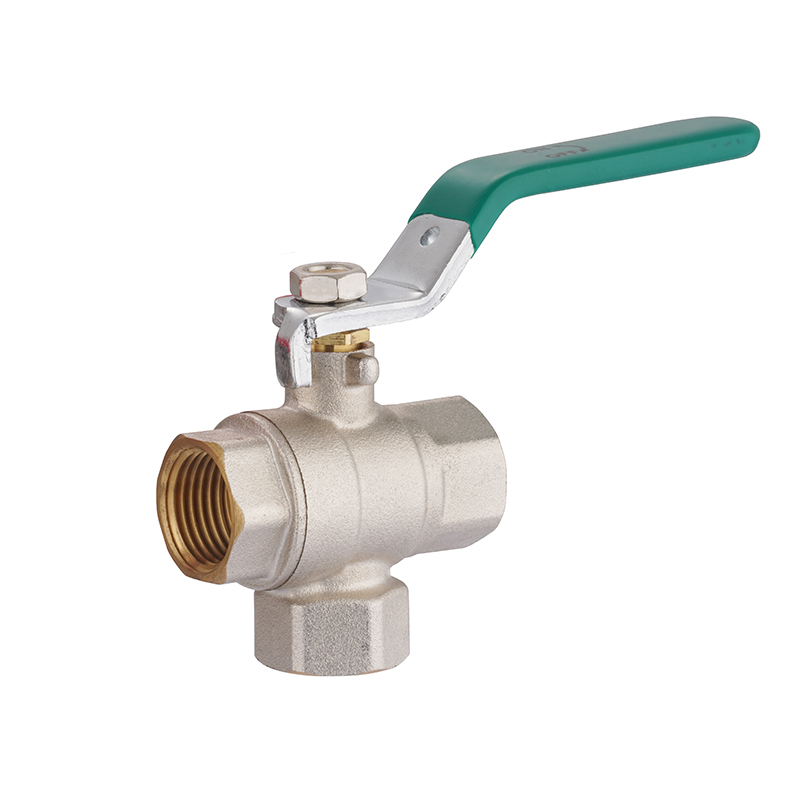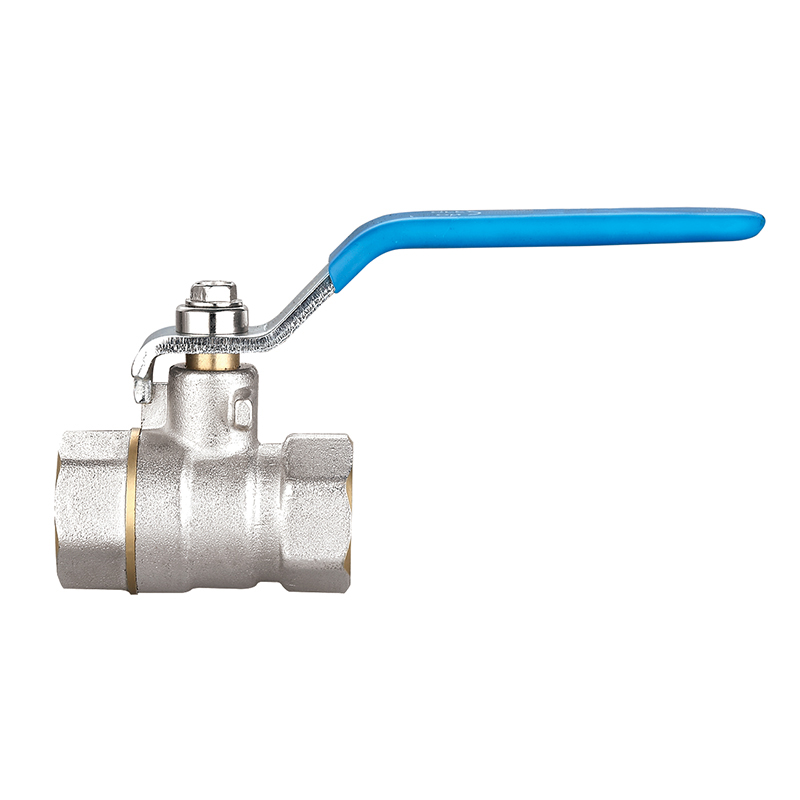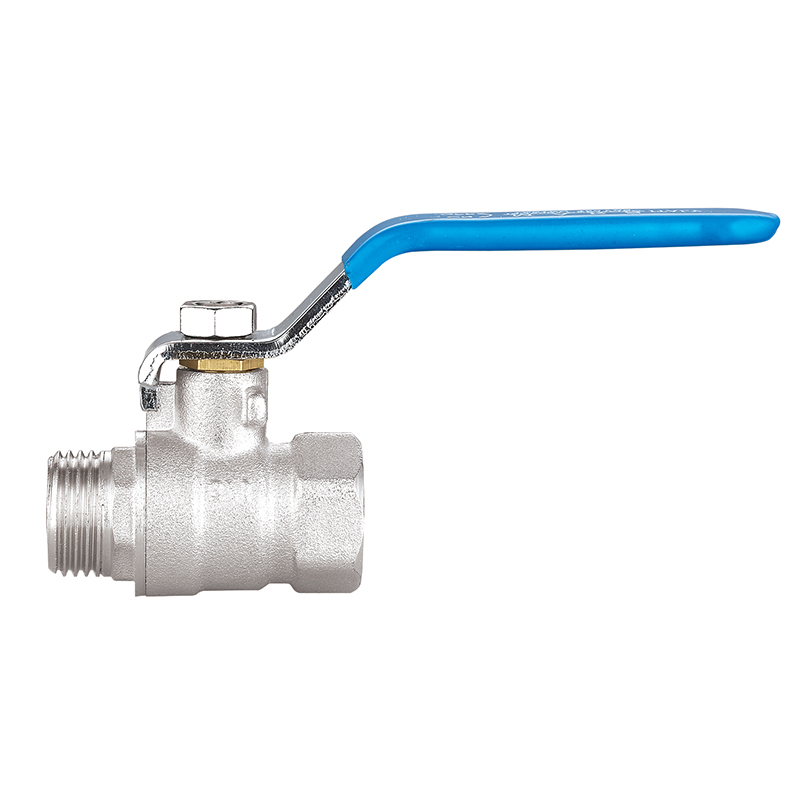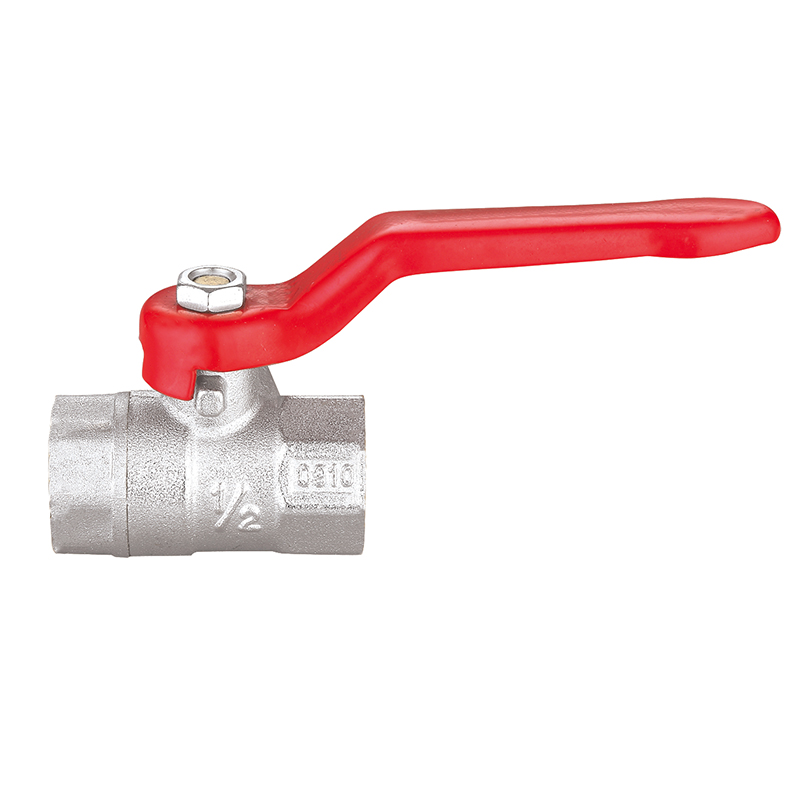Brass Ball Valves Evolve as a Key Component in Modern Plumbing and Industrial Systems
2025-07-11
In the ever-diversifying landscape of fluid control systems, brass ball valves have steadily carved out a dominant role due to their reliability, versatility, and cost-effectiveness. Once considered standard components in basic plumbing, these valves are now seeing widespread adoption in more demanding applications—from residential water lines to commercial HVAC systems and even industrial automation.
As industries seek greater operational efficiency, longer-lasting components, and compliance with tightening environmental standards, the humble brass ball valve is undergoing a quiet but significant transformation. This article explores the current state of brass ball valves, emerging trends, and the role they play in the future of fluid handling systems.
What Makes Brass Ball Valves Stand Out?
Brass ball valves are a type of quarter-turn valve that uses a rotating ball with a hole through it to control flow. When aligned with the pipe, fluid flows freely; when turned, the flow stops completely. This simple yet highly effective mechanism allows for fast, tight shutoff, making them ideal for on/off control applications.
What sets brass apart from other materials—such as stainless steel, PVC, or bronze—is its unique balance of strength, corrosion resistance, workability, and cost. Brass offers performance in a wide range of temperatures and pressures and resists rust in potable water and non-corrosive fluids. The material also naturally inhibits bacterial growth, a benefit in drinking water applications.
Expanding Use Across Sectors
While commonly found in residential plumbing, brass ball valves are increasingly being specified in commercial and light industrial systems. Heating and cooling systems, compressed air lines, and even low-pressure gas lines are turning to brass ball valves due to their affordability, ease of installation, and durability.
In agriculture, irrigation setups benefit from brass valves’ ability to endure varied weather conditions without warping or degrading. Similarly, in food service and beverage processing, lead-free brass options comply with health and safety standards while ensuring clean, uncontaminated fluid handling.

The growing demand for decentralized energy and water systems—such as solar water heaters, rainwater harvesting systems, and off-grid water filters—has also driven an uptick in brass valve use, thanks to their compact size and low maintenance profile.
Connection Versatility Fuels Flexibility
A major reason for the rising adoption of brass ball valves is the variety of available connection types. These include:
Threaded: Ideal for general-purpose applications, threaded valves are easy to install and replace. They’re widely used in plumbing, HVAC, and irrigation systems.
Flanged: Suitable for larger piping systems that require secure sealing and easy maintenance access. Flanged brass valves are less common but used in select commercial systems.
Welded and Soldered: Used in permanent installations, these offer leak-proof performance and are common in systems where disassembly is unlikely.
Compression and Push-Fit: Especially popular in residential plumbing renovations, these connections offer tool-free installation and minimize the need for skilled labor.
This range of options makes brass ball valves compatible with a broad spectrum of system configurations, enhancing their value to contractors and system designers.
Advancements in Design and Materials
To meet evolving demands, manufacturers have been upgrading brass ball valve designs with features that improve reliability and longevity. For example:
Blowout-proof stems to ensure safety in high-pressure conditions
Dual O-rings and PTFE seals for better leak prevention
Full-port designs that allow unobstructed flow and minimize pressure drop
Lead-free compositions to meet global drinking water safety standards like NSF/ANSI 61
Some advanced models also feature locking handles, tamper-resistant bodies, and ISO 5211 mounting pads for actuator integration—paving the way for automation-ready valves in smart plumbing and industrial systems.
Environmental and Regulatory Considerations
Environmental and regulatory forces are also shaping the brass ball valve market. In many regions, including the U.S., Canada, and Europe, legislation now restricts the amount of lead in plumbing components used for potable water. This has driven a shift toward lead-free brass alloys and greater transparency in material sourcing.
At the same time, water conservation initiatives are encouraging the use of high-performance, leak-proof valves. Poor-quality valves contribute to water waste, energy inefficiencies, and increased maintenance costs—issues that brass valves are well-equipped to combat when built to high manufacturing standards.
Whether you want to become our partner or need our professional guidance or support in product selections and problem solutions, our experts are always ready to help within 12 hours globally.




 русский
русский Español
Español عربى
عربى





